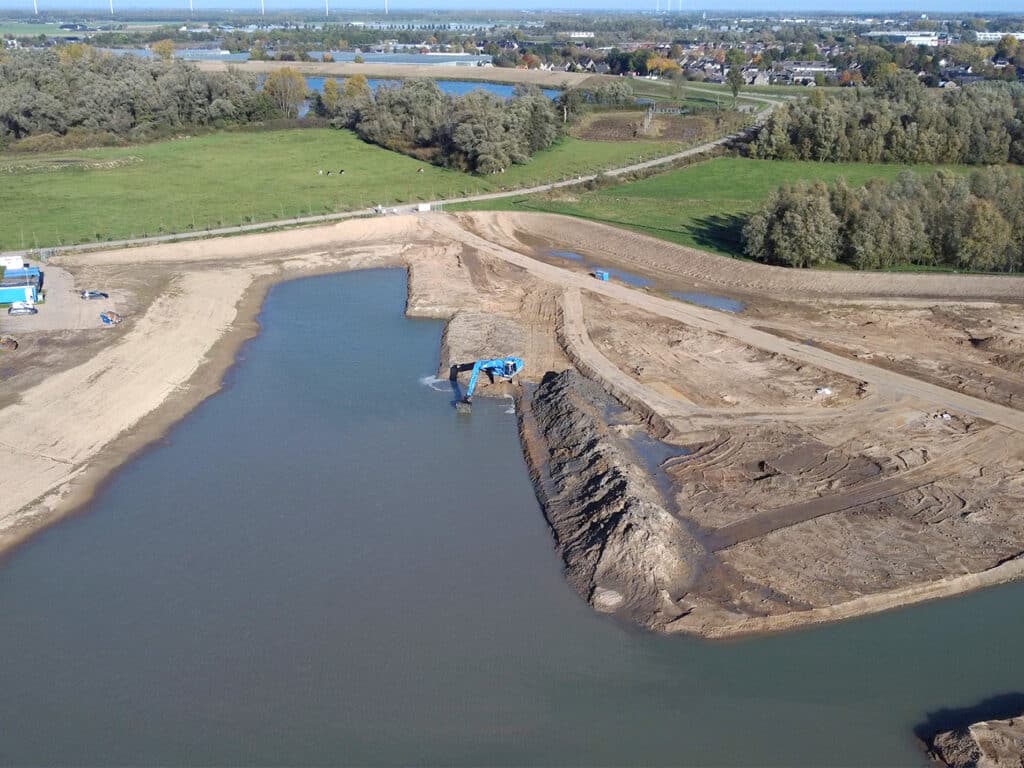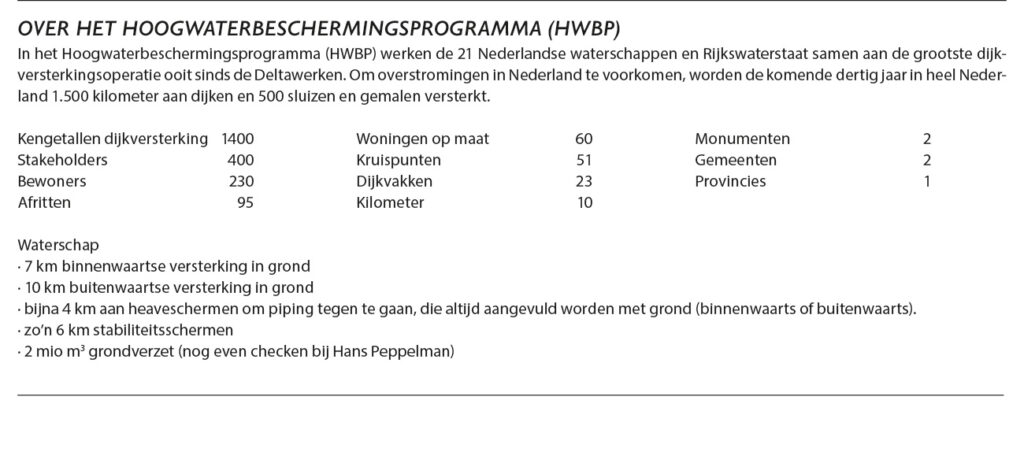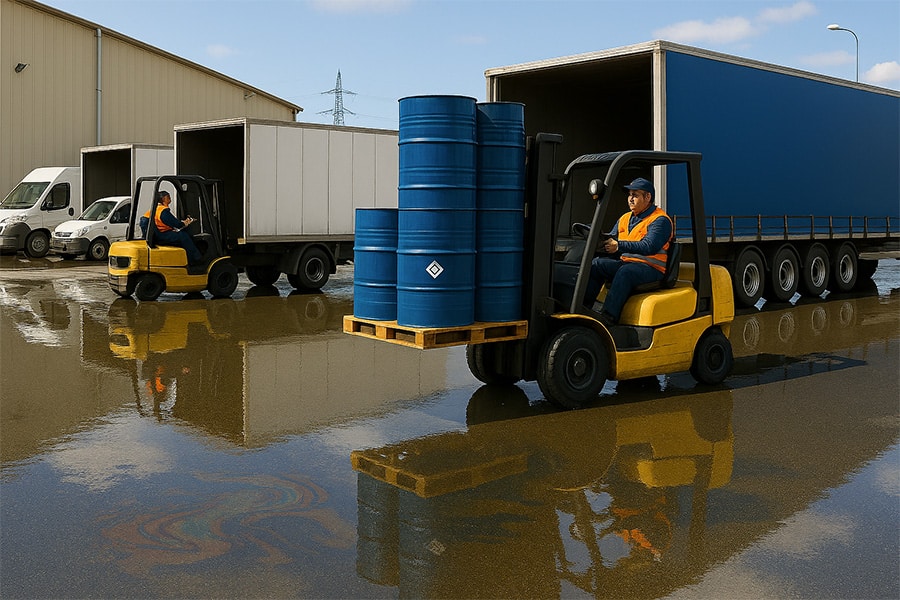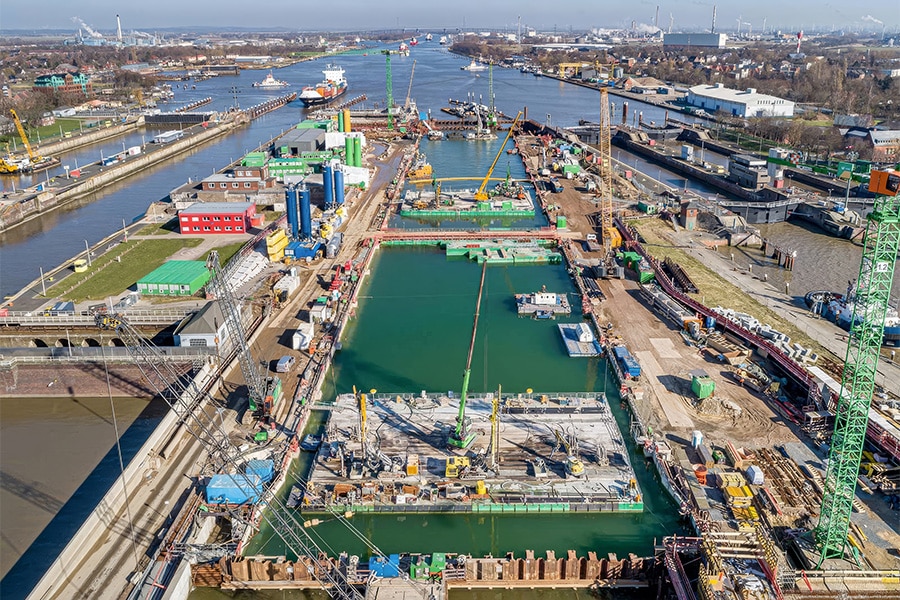
Toward a livable and safe dike
Between now and 2050, the largest dike reinforcement operation ever will be carried out in the Netherlands. A total of 400 kilometers of dikes in the river area will be reinforced. The Gorinchem-Waardenburg section is one of the first sections. A new form of cooperation has been chosen for this project, an alliance between Waterschap Rivierenland and the contractor combination Waalensemble.
To prevent disaster, the Dutch dikes must meet strict safety requirements. This is tested periodically. This test is unique in the world and provides an up-to-date picture of our water safety. However, the latest assessment round from 2011 showed that parts of the dike along the Waal between Gorinchem and Waardenburg do not meet the new legal safety standard. Thereupon it was decided to reinforce this section with a length of over 23 kilometers as one of the first sections.

Special cooperation
After an extensive exploration and planning phase, realization began on June 7, 2021. "The work will take five years, in 2026 the dike will again meet the safety standard," explains Niek Ridderbos, alliance manager Graaf Reinaldalliantie. "There are four failure mechanisms that will be addressed: piping, inward macroinstability, outward macroinstability and height deficit. The dike reinforcement is part of the Flood Protection Program and falls under the Delta Program of the national government. Special in this project is the cooperation between the water board (client) and Waalensemble. The Waalensemble is formed by Heijmans, GMB and de Vries & van de Wiel with Royal HaskoningDHV as advisory party. Together they form the Graaf Reinaldalliantie. By entering into an alliance, Waterschap Rivierenland wants to fully utilize the contractor's knowledge in the design of this new dike and avoid transfer losses at phase transitions."
Monitors for safety
While work is in full swing, life goes on as usual for local residents and adjacent businesses. This brings a number of challenges, including safety. To ensure safety, a large-scale monitoring and architectural recording of homes has been deployed: more than 700 homes and barns are located along the dike. These were recorded and assessed structurally before the start in June 2021. A job that took about two years. Environmental manager Max Slimmens explains the importance of this. "During the work, all homes and buildings are carefully monitored. This ensures that we can intervene in time during construction if buildings threaten to deform. By carrying out monitoring with settlement measurements, vibration measurements and angle measurements, we can keep an eye on whether there is a threat of damage to the buildings and also what the relationship is with the execution work."

Digital
Monitoring homes and buildings is one of the many digital tools deployed in this project. Slimmens: "Activities, from small to large, are monitored and recorded. The goal is that everything is traceable for the future. Suppose a subsidence occurs somewhere along this route in a number of years, we can use all the digital data to trace the possible cause. Other examples are automated design tools, the i-report and, for example, the ConstructionApp that gives local residents and other interested parties the latest information about the work."
Sustainability
Sustainability is another big focus. "On the one hand, the earthwork machines comply with strict emission standards. On the other hand, we try to use area-specific soil as much as possible to minimize transport movements," Ridderbos explains. "After all, the biggest environmental impact of dike reinforcements is in soil transport. By extracting clay and sand in the floodplains, we immediately contribute to nature development."
Livable dike
The dike reinforcement project goes beyond just reinforcing the dike. "The dike has more functions than just holding back the water. The dike reinforcement will be combined as much as possible with improving the quality of the landscape, nature and quality of life for residents. Here we are working closely with the municipalities of Gorinchem and West Betuwe, Rijkswaterstaat and the provinces of Zuid-Holland and Gelderland. Together we are looking, for example, at the layout of the floodplains and the development of nature on the Gorinchem-Waardenburg section. In short, it is an all-encompassing project in which, together with the environment, we are going to realize a safe and livable dike that fits in well with the landscape."





